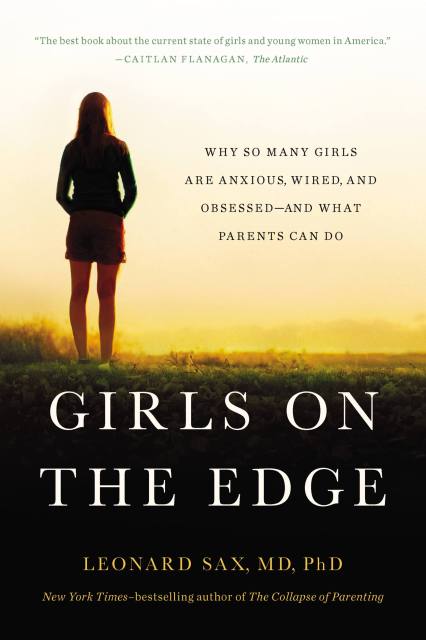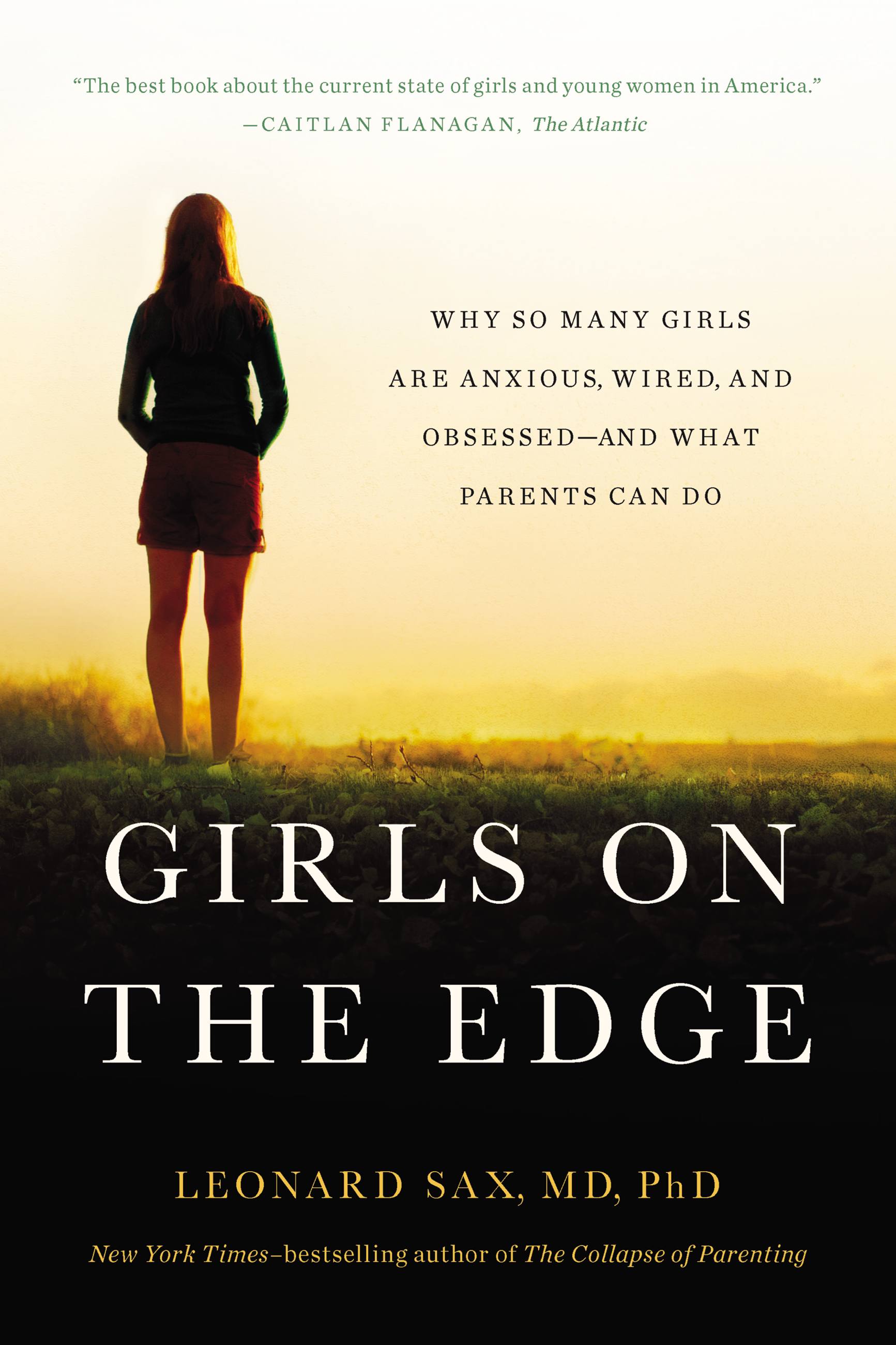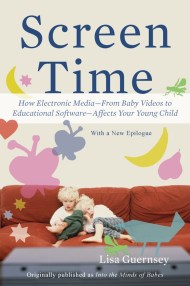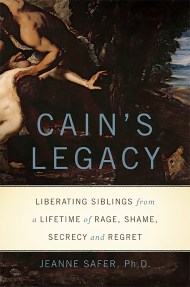Promotion
Use code MOM24 for 20% off site wide + free shipping over $45
Girls on the Edge
Why So Many Girls Are Anxious, Wired, and Obsessed--And What Parents Can Do
Contributors
By Leonard Sax
Formats and Prices
Price
$12.99Price
$16.99 CADFormat
Format:
- ebook (New edition) $12.99 $16.99 CAD
- Audiobook Download
- Trade Paperback (New edition) $19.99 $25.99 CAD
This item is a preorder. Your payment method will be charged immediately, and the product is expected to ship on or around August 25, 2020. This date is subject to change due to shipping delays beyond our control.
Also available from:
In Girls on the Edge, psychologist and physician Leonard Sax argues that many girls today have a brittle sense of self-they may look confident and strong on the outside, but they’re fragile within. Sax offers the tools we need to help them become independent and confident women, and provides parents with practical tips on everything from helping their daughter limit her time on social media, to choosing a sport, to nurturing her spirit through female-centered activities.
Compelling and inspiring, Girls on the Edge points the way to a new future for today’s girls and young women.
Genre:
- On Sale
- Aug 25, 2020
- Page Count
- 320 pages
- Publisher
- Basic Books
- ISBN-13
- 9781541647091
Newsletter Signup
By clicking ‘Sign Up,’ I acknowledge that I have read and agree to Hachette Book Group’s Privacy Policy and Terms of Use







